On Christmas Eve, former Soviet leader Mikhail Gorbachev said that the United States grew “arrogant and self-confident” after the collapse of the Soviet Union, leading to the expansion of the NATO military alliance. Russian president Vladimir Putin, who once called the humiliating collapse “the greatest geopolitical disaster of the 20th century”, was determined to bring back its former glory.
Gorbachev’s highly critical remarks at a time when Putin was said to be planning another incursion into Ukraine with more the 100,000 troops near the border should not be rubbished as an empty threat. There’s no denying that since the collapse of Soviet in 1991, NATO has aggressively expanded eastward towards Russia. And Putin has every reason to worry that Ukraine would join NATO.
As early as 2018, Moscow has warned that the Aegis Mark 41 (MK-41) Vertical Launching System deployed by the U.S. in Romania and Poland could easily be converted to launch conventional or nuclear strikes deep into Russian territory. That was why, Putin said, MiG-31 with hypersonic missiles, which could strike back at military bases in Romania in 4 minutes, are standing by in Crimea.

If deployed in Ukraine, the MK-41 launcher, which is capable of firing Tomahawk cruise missiles, could strike Moscow in 4-5 minutes. That’s why Putin said the NATO expansion would cross the “red lines”, hence forcing the massive deployment of Russian troops near the border of Ukraine, ready to invade if necessary. Of course, the U.S. has rubbished such claims.
Estonia, Latvia and Lithuania – known as the Baltic nations – achieved independence after the collapse of the Soviet Union in 1991 and have become NATO members since 2004. For obvious reason, Putin cannot afford to do nothing while watching Ukraine knocks on the NATO’s door. It didn’t help that the U.S. has imposed economic sanctions on Russia.
On Dec 17, 2021 Moscow issued an ultimatum to the U.S. and NATO – two security agreements, each with the U.S. and NATO. Comprising 6 demands, among others, it says NATO must not accept new members, including Ukraine. The U.S. and NATO also must not deploy missiles within range of Russian territory. More importantly, the U.S. must not cooperate militarily with post-Soviet countries.
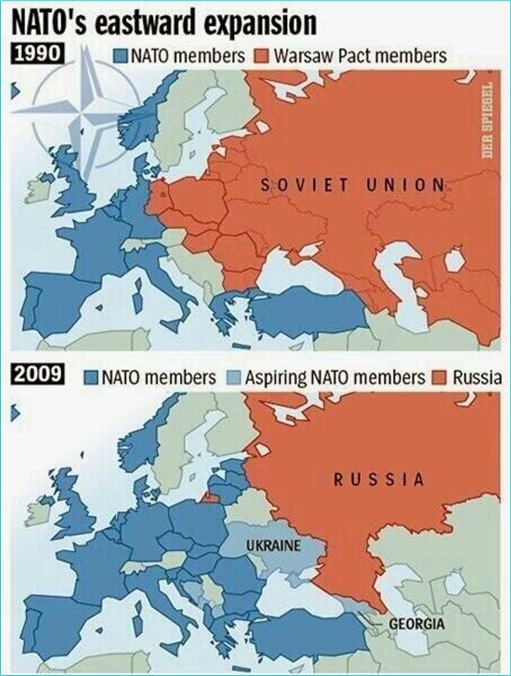
Heck, Moscow has even demanded that Washington must not station nuclear weapons abroad. Some of the demands were clearly too outrageous for President Joe Biden to even consider – suggesting that Putin was not serious about de-escalating the crisis in Ukraine at all. On Dec 31, Biden said he warned the Russian leader of “heavy price” if he makes a move on Ukraine.
The burning question is will Biden really going to war with Russia if Putin orders his 100,000 troops to invade Ukraine? If the NATO did nothing when Moscow easily annexed Crimea from Ukraine after a military intervention in 2014, why should President Putin believe that a weak U.S. president like Biden has the courage to send American troops into Ukraine this round?
During a 50-minute conference call on Dec 30, Mr Biden renewed a warning to Mr Putin that Russia would face “severe economic sanctions” if Moscow attacked Ukraine. Yes, the U.S. president did not promise any military retaliation. On the other hand, the Kremlin told Biden that new sanctions could totally rupture ties between the U.S. and Russia.
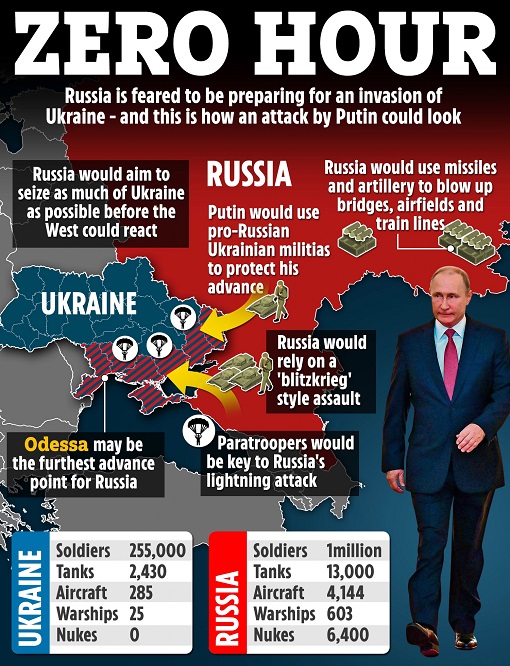
Even if the U.S. is ready for a war with Russia, will other NATO members agree to start World-War-3 when they are facing domestic problems related to Omicron? Assuming NATO is ready to go to war with Russia, is the U.S. ready to fight another war in Asia at the same time if China saw the conflict as an opportunity to seize the element of surprise and take over Taiwan by force?
Make no mistake – Putin isn’t bluffing about starting a war against Ukraine. After all, he took the trouble to write a 5000-word-article – “On the Historical Unity of the Russians and Ukrainians” – in July last year, arguing that Ukrainian independence was an unsustainable historical anomaly. Besides, he would lose face if he folds his cards without extracting any major concessions.
Interestingly, as Mr Putin demands “legal guarantees” from the U.S. and NATO that Ukraine will never become a member of the transatlantic alliance, at the same time, the Russian president also said that even if the “red line” security guarantees were signed on paper, Moscow still could not trust the U.S. because NATO has lied too many times about its expansion.
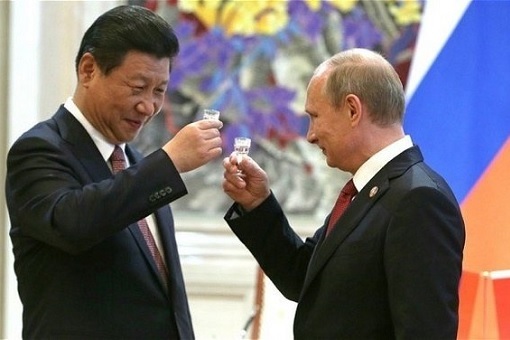
The only partner Putin trusts is President Xi Jinping, largely because both share a common enemy. While Russia has the military technology, China possessed the economic prowess. At the very least, the U.S.’ arrogance and confidence in its ability to suppress and contain Moscow and Beijing have driven Russia and China into a marriage of convenience against Washington.
While Russia is concerned that NATO is expanding eastward, China is worried about the U.S. encroachment into the Asia-Pacific region. Beijing’s claims over Taiwan are quite similar to Moscow’s claims for Ukraine. Like Russia, China is ready to go to war if Taiwan officially declares its independence, or if the United States officially scrap its “One China” policy in support of Taiwan.
The U.S. and U.K.’ willingness to betray ally France in the nuclear submarines deal with Australia, forming AUKUS security alliance, speaks volumes about the extra miles America was willing to go in undermining and stopping the Chinese from becoming too powerful in the region. The continuous trade war and tech war have only pushed China and Russia closer together.
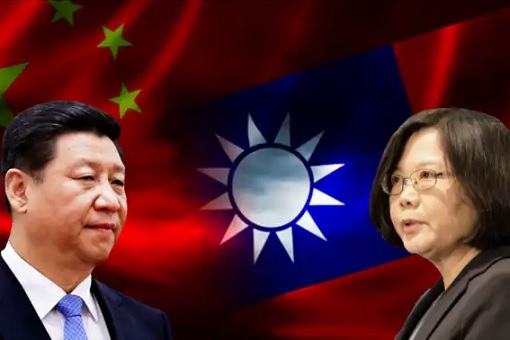
To make matters worse, China is being accused by the U.S. as well as the European Union of suppressing – even committing genocide – Muslim Uighur in Xinjiang. President Joe Biden announced on Dec 6 that as part of the U.S. boycott against so-called China’s “ongoing genocide and crimes against humanity in Xinjiang and other human rights abuses”, the U.S. would not send officials to the Winter Olympics.
Washington has taken comfort with the presumption that China and Russia, despite sharing a 2,500-mile border but have competing interests in Central Asia, India and the Arctic, would not help each other if a war broke out with the U.S. Now, the U.S. officials and military analysts say they are not sure anymore as it is increasingly difficult to ascertain the level of collaboration between the two nations.
To counter Western pressure and interference in their respective nation’s internal affairs and security interests, the Chinese and Russians have engaged more joint military exercise, leading to concerns that the Sino-Russian relations do not necessarily need a formal military alliance like NATO in order to work together. They already have collaborations in aviation, undersea and even hypersonic-weapons technology.
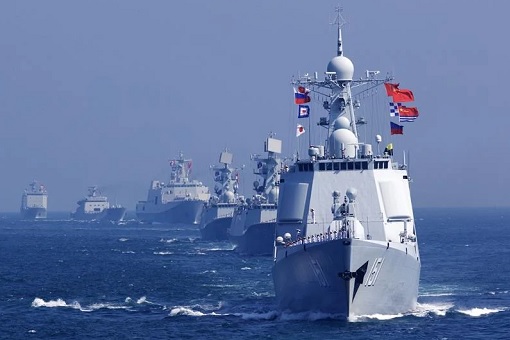
In October last year, Chinese and Russian warships conducted joint naval drills in the western Pacific, completing a near circle around Japan’s main island for the first time. Less than a month later (Nov 19), the Chinese and Russian militaries sent bomber aircrafts into Japanese and South Korean air defence zones, the allies of the U.S.
The military show off and cooperation came after Russian troops became the first foreign forces to join a regular Chinese drill in large-scale war games in China’s Ningxia in August 2021. Right after the exercise, both announced joint development in military helicopters, missile attack warning systems and even a research station on the moon.
In an interview with the London-based Financial Times, NATO Secretary-General Jens Stoltenberg said both countries represent a single unified threat – “China and Russia work closely together. This whole idea of distinguishing so much between China, Russia, either the Asia-Pacific or Europe – it is one big security environment and we have to address it all together.”
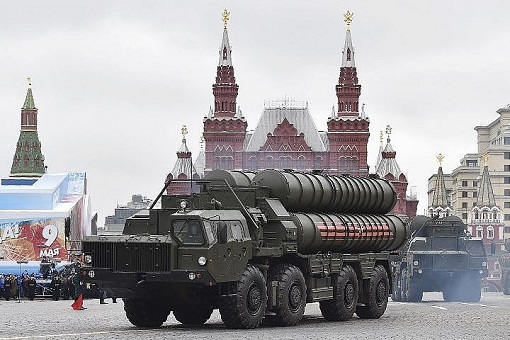
The unofficial defence alliance saw China bought Russia’s S-400 advanced anti-aircraft missile system in 2014. The system’s long-range coverage – up to 400 kilometres and a height of up to 30 kilometres – would allow the Chinese to target Taiwan as well as its fighter jets including F-16s deployed along the island’s Pacific coast. The S-400 and S-500 defence systems were a nightmare for the U.S.
A year later, China ordered Russian-made Sukhoi Su-35s jet fighters, in defiance of the U.S. sanctions. The US$2.5 billion deal for the 24 Su-35s made China the first foreign buyer of the fourth-generation multirole air superiority fighter, which enhanced Beijing’s ability to strike U.S. warships. China has about 3,000 aircraft – roughly the size of the U.S. Air Force – including 1,700 fighters.
In Oct 2019, Putin announced that Moscow and Beijing would co-develop an early warning system – a significant move not only because Russia shared missile attack early warning capabilities with China, but also because it opens the doors for the integration of China and Russia’s early warning systems. This could be the first step toward a formation of a common defence policy.
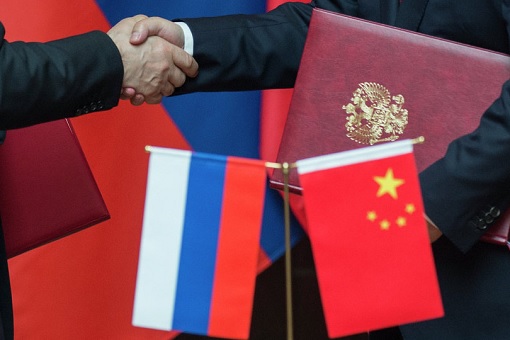
In fact, China and Russia have become a perfect match, thanks partly to the United States. Russia has an abundance of natural resources – oil, gas, metals, and fertilizers – but it desperately needs capital and foreign technology due to Western sanctions. China, on the other hand, desperately needs natural resources to fuel its economy, but has the technology and tons of money.
Gazprom, Russia’s giant state-owned energy company, is about to finalize an agreement this year (2022) for a second mega natural gas pipeline running from Siberia to China. Known as Power of Siberia 2, the mega-pipeline traversing Mongolia will be able to deliver 50 billion cubic meters of Russian gas to China annually, roughly the same amount that Nord Stream 2 would be able to transport to Europe.
The project will complement the US$400 billion Power of Siberia 1 pipeline, which began operations in 2019 and is scheduled to deliver up to 38 billion cubic meters of Russian natural gas to China by 2025. The full China-Russia east route is a pipeline system spanning more than 8,000 kilometers, transmitting natural gas from Siberia to nine provincial-level regions in China.
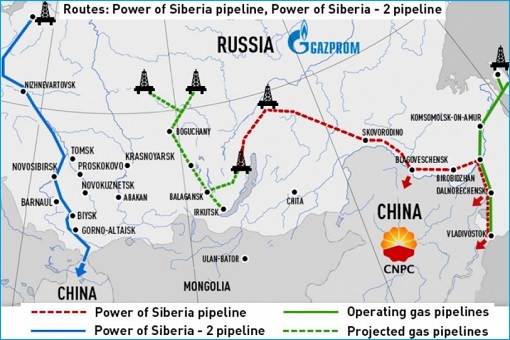
The relations also saw bilateral trade between China and Russia jumped 31% to US$123 billion in the first 11 months of 2021. Instead of dividing the two countries, the U.S., perhaps due to its arrogance as expressed by Gorbachev, has done everything to unite them – from branding the Chinese and Russians as its biggest national security threats to imposition of sanctions over alleged human rights abuses.
Beijing and Moscow view NATO, Quad (Asian NATO) and AUKUS as nothing but anti-Russia-China alliances. Not only Putin and Xi have met more than 30 times in the past 6 years, Russia has gone to the extend of recognizing Taiwan as part of China, something that the Kremlin had refused to do in the past. Like the Romance of the Three Kingdoms, it was U.S.’ mistake that drove its rivals to support each other.
Other Articles That May Interest You …
- What “Diplomatic Boycott”? – Now U.S. Flip-Flops & Applies Visa To Send Officials To The Beijing Winter Games
- China Is Leading The 4th Industrial Revolution Race – And The U.S. Would Be In Trouble If Doesn’t Catch Up
- Damaged Even Before Go To War – How A $3 Billion “Crown Jewel” US Submarine Crashed Into An Undersea Mountain
- President Xi Warns China Will Never Be Bullied – The U.S. Not Impressed China Is Building 120 Nuclear Missile Silos
- China Creates Digital Currency – Here’s Why It’s A Big Deal To The World’s Economy, And A Big Problem For The U.S.
- Economic Destabilization – How China Prepares For American & Japanese Military Interference In Taiwan Conflict
- Trade Surplus Of $535 Billion – Not Even The U.S. Trade War Or Covid Pandemic Can Destroy China Economic Powerhouse
- Five Eyes Alliance Plans To Teach China A Lesson With Economic Sanctions – But It’s Easier Said Than Done
- President Putin Floats The Idea Of A Russia-China Military Alliance, And The U.S. Isn’t Impressed
- After China, Now Russia Declares It’s “Unstoppable” Avangard Hypersonic Weapon Is Ready For War
- “Best Friend” Russia To Fill China’s Food Gap As Trade War Forces The Boycott Of U.S. Meat & Soybeans

|
|
January 4th, 2022 by financetwitter
|


|

|

|

|

|

|




























Comments
Add your comment now.
Leave a Reply